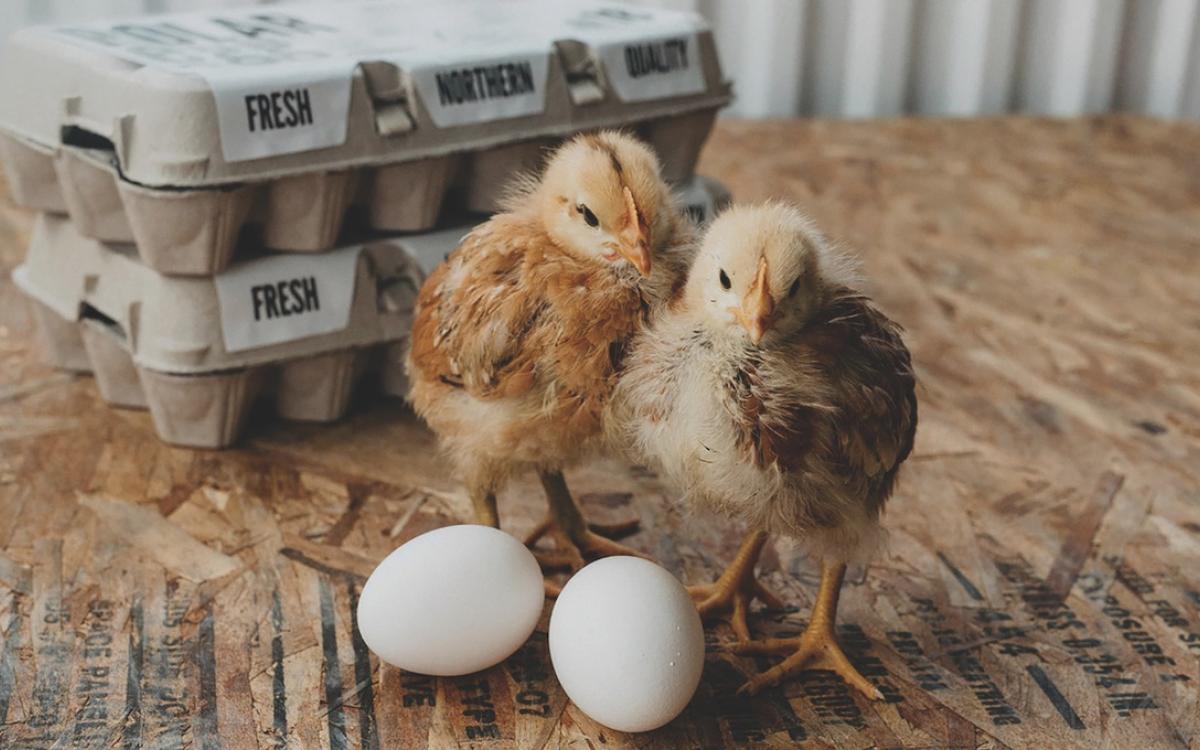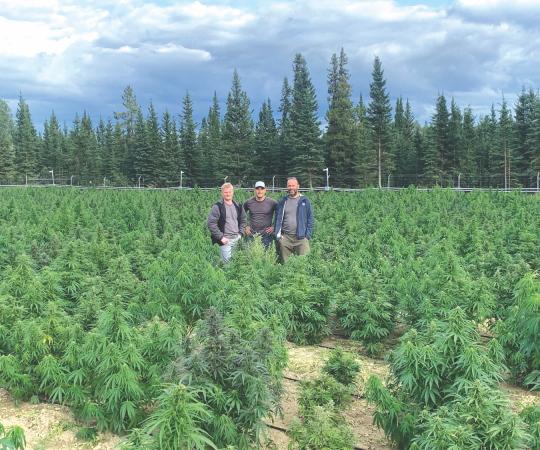Kevin Wallington knows his eggs. And he should. As sales and marketing manager with Polar Egg in Hay River, NWT, he helps run a company that includes a commercial poultry farm with 118,000 laying hens and a grading station. That’s a lot to cluck about.
“We produce approximately 38 million eggs a year at our facility here in Hay River. We probably put several million of those into our Northern market, and we’re working to grow that,” Wallington says, adding that his company is looking to collaborate with other Northern agriculture businesses to bring more fresh, locally produced food to our grocery shelves.
One of the key words here is “fresh.” You’ll know your egg is fresh when you crack it; the yolk and albumen will hold their shape. In less-fresh eggs, they will flatten out and the albumen will spread. But how do you know how fresh your eggs are when you buy them? The date on the package offers a clue, but doesn’t tell the whole story, Wallington says. That clock only starts ticking when the eggs leave the processing plant—not when they leave the chickens.
“When we look at a carton of eggs, we don’t know how long those eggs have been in the grading station before they’re packaged. But with ours, we know it’s basically seven days from the time it arrives at our grading station to the time it goes out the door,” he says. Sometimes, eggs can arrive from the barn and be on Hay River shelves within 48 hours. “The freshness factor is a really big one for us just because we are a smaller operation.”
Eggs are big business in Canada. In 2016, the last time Agriculture and Agri-Food Canada provided statistics, there were 1,062 registered egg farms, generating about $1 billion in total farm cash receipts. Nationally, the average size of a flock is 22,374 hens, but some large farms have up to 400,000—each chicken laying about 305 eggs a year. Egg production is serious business in the North, too. The Yukon is home to 28 egg farms, according to the Yukon Agricultural Association. The Egg Farmers of Canada reported in 2017 that there were four farms in the NWT, with an average flock of 29,085, making Polar Egg the largest operation.
The company is also considered a golden egg in terms of agriculture in the NWT. Agriculture was identified as one of the NWT’s emerging economic sectors in 2013. But according to a Statistics Canada survey released in 2017, 71.4 per cent of farm operators in the Yukon and NWT reported an off-farm job to make ends meet—almost double the national average of 44.4 per cent. “We are the only commercial agriculture that’s happening right now,” Wallington says. That’s starting to change, he adds, pointing to expanding farmer's markets and market gardens. “We’re hoping to see that commercial agriculture grow because that’s the only way we’re going to replace imports that are coming in,” Wallington says.
The NWT government agrees and, in 2017, released a strategy to expand the sector. “I definitely do [think we’ll be able to do that]. I think the government is working hard on legislation right now to help make that possible,” Wallington says. “I think it comes down to strong leadership in industry and in government and I’m confident we have that. And with that confidence I think we’re going to see a lot of development in the next five years to start to displace some of the imports that we have for food.”
It’s not just waiting for legislation, however. Wallington says Northern farmers need to pool their knowledge and talents. “We’re also looking at teaming up across the territories so it’s not just the NWT or Yukon or Nunavut but that we have three territories working together, sharing what we all have strengths in and what we’re all producing,” he says. “Yukon’s got some really strong leadership in the government and really strong leadership in farming. We’re working with them and them with us. We want to continue to see that trend grow.










